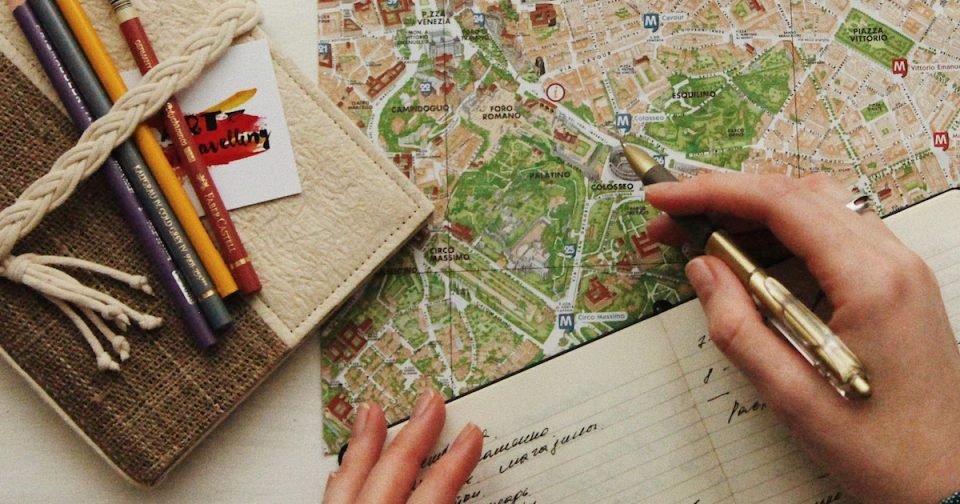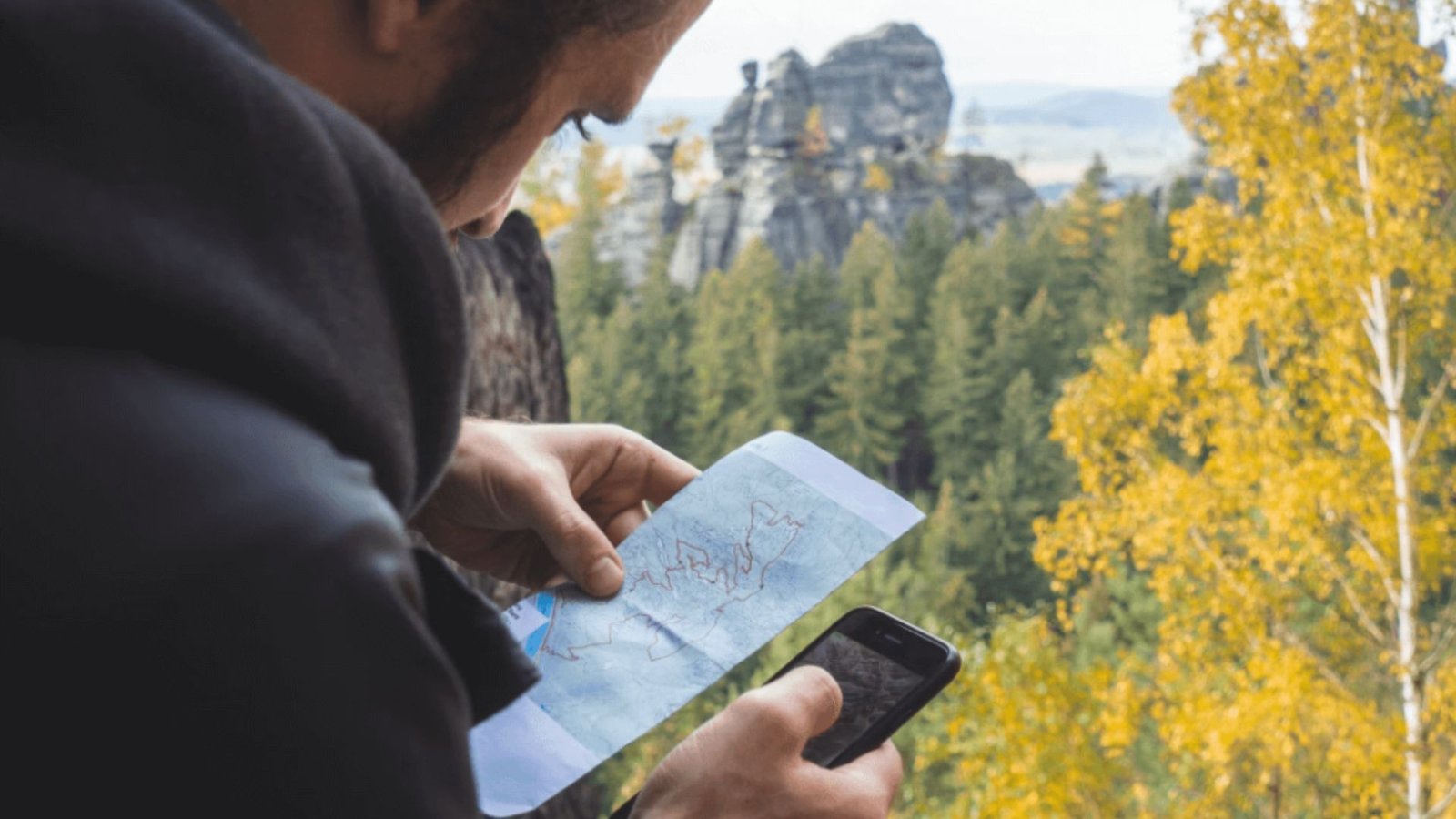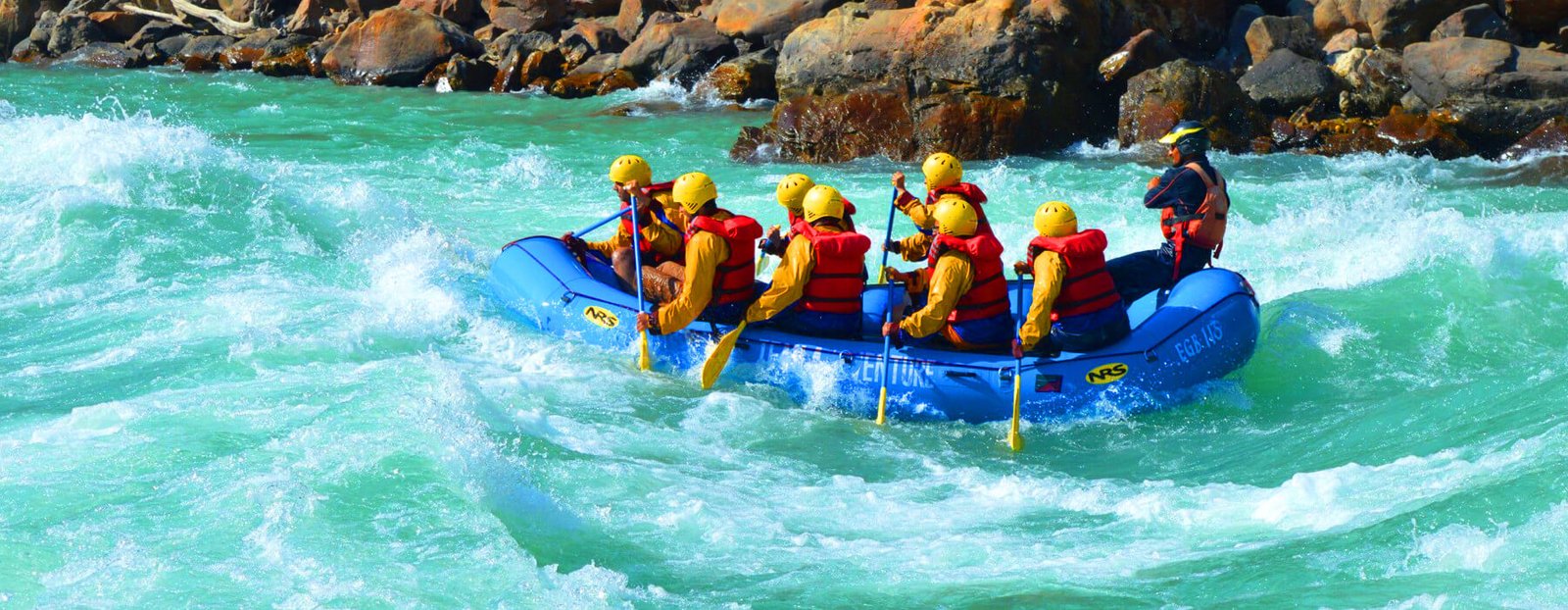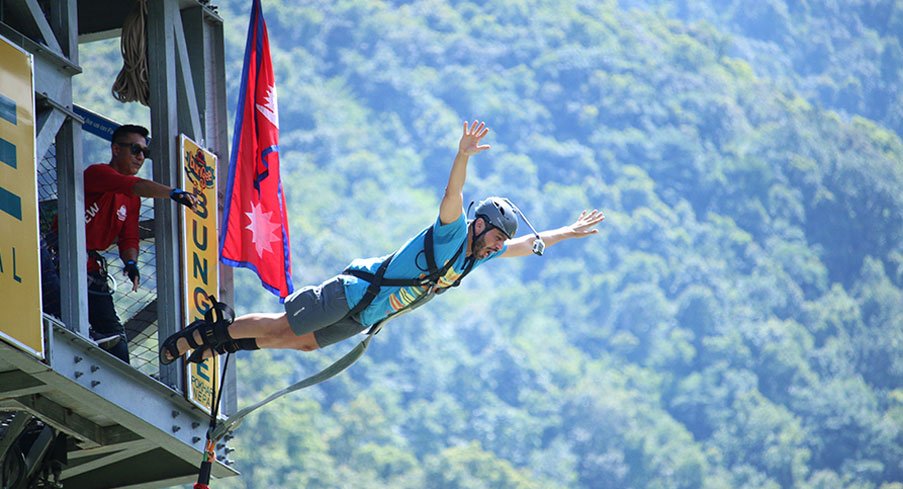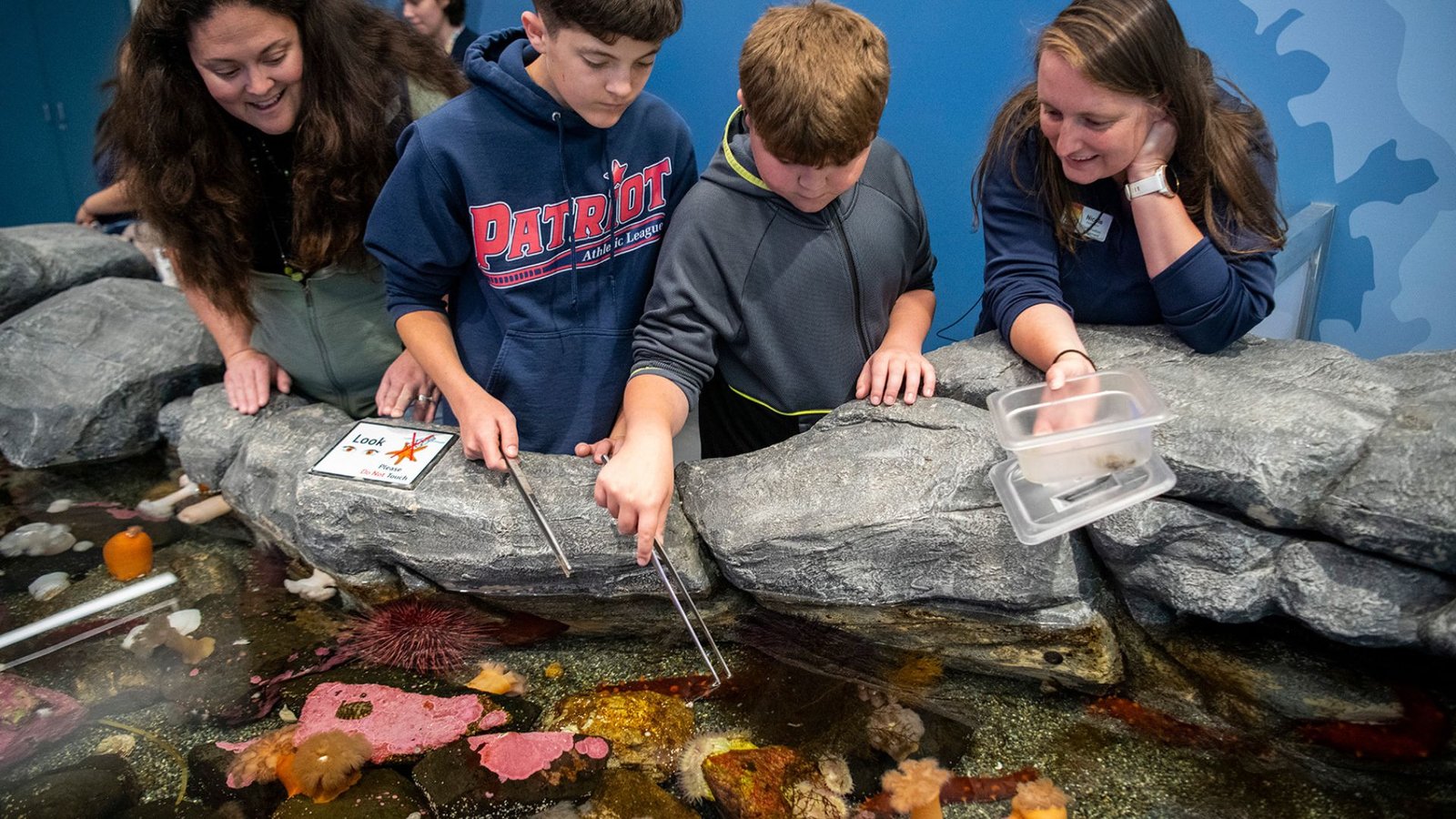Budgeting for Self-Guided Tours
Embarking on a self-guided tour offers the flexibility to explore destinations at your own pace, but it also requires careful financial planning. Proper budgeting ensures you make the most of your trip without overspending. Here’s a comprehensive guide to help you manage your finances for a self-guided adventure. Learn tips for budgeting for Self-Guided Tours.

1. Define Your Budget
Before you start planning your self-guided tour, establish a clear budget. Consider the following factors:
Overall Budget: Determine the total amount you’re willing to spend on your trip. This should include all expenses, from transportation to accommodation.
Daily Expenses: Break down your budget into daily allowances for food, activities, and miscellaneous costs. This helps you keep track of your spending on a daily basis.
2. Plan Your Transportation Costs
Transportation can be one of the most significant expenses on a self-guided tour. Plan and budget for the following:
Local Transportation: Research the cost of local public transportation, taxis, or ride-sharing services. Consider purchasing passes or cards for unlimited travel if available.
Rental Costs: If you’re renting a vehicle, compare prices from different rental companies and factor in fuel, insurance, and parking fees.
Travel Insurance: Don’t forget to include travel insurance in your budget to cover any unexpected incidents or cancellations.
3. Budget for Accommodation
Accommodation costs vary widely depending on your destination and preferences. Consider these options:
Accommodation Type: Decide between hotels, hostels, vacation rentals, or budget-friendly lodgings. Research and compare prices to find the best deals.
Booking in Advance: Booking your stay in advance often results in better rates and more choices. Look for discounts and special offers online.
Extras: Account for any additional fees such as resort charges, Wi-Fi, or parking.
4. Allocate Funds for Food and Dining
Eating out can quickly add up, so plan your food budget wisely:
Dining Options: Mix dining at restaurants with self-catering options if possible. Consider visiting local markets and preparing some of your own meals.
Local Cuisine: Allocate a portion of your budget to try local specialties and experience authentic dining.
Snacks and Drinks: Don’t forget to budget for snacks, beverages, and occasional treats.
5. Plan for Activities and Attractions
Self-guided tours often involve exploring various attractions and activities. Plan and budget accordingly:
Entry Fees: Research and list the entry fees for museums, parks, and other attractions you plan to visit. Look for discounts or free days.
Tours and Guides: If you plan to use local guides or join special tours, factor these costs into your budget.
Activities: Allocate funds for activities such as hiking permits, boat rentals, or adventure sports.
6. Include Miscellaneous Expenses
Plan for any additional costs that may arise during your trip:
Souvenirs: Set aside a portion of your budget for souvenirs and gifts.
Unexpected Costs: Have a contingency fund for unexpected expenses like medical emergencies or sudden changes in plans.
Tips and Gratuities: Budget for tips and gratuities for service staff, which can vary depending on the local customs.
7. Track Your Spending
To stay within your budget, keep track of your expenses throughout your trip:
Expense Tracking Apps: Use budgeting apps or tools to monitor your spending and ensure you’re sticking to your budget.
Receipts: Keep receipts for all purchases and track them daily to stay on top of your expenses.
8. Adjust Your Budget as Needed
Be flexible and adjust your budget if needed:
Spending Adjustments: If you find you’re overspending in one area, adjust other areas of your budget to compensate.
Cost-Saving Tips: Look for ways to save money on the go, such as using public transportation instead of taxis or dining at more affordable restaurants.
Conclusion
Budgeting for a self-guided tour requires careful planning and flexibility. By defining your budget, planning for transportation, accommodation, food, and activities, and tracking your expenses, you can enjoy a memorable and financially manageable adventure. Embrace the freedom of self-guided travel while staying within your financial means for a stress-free experience.


